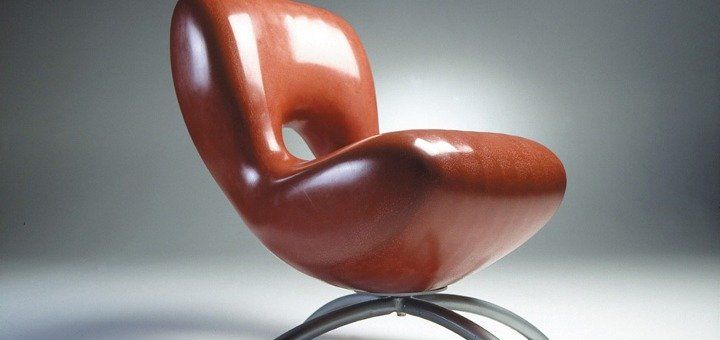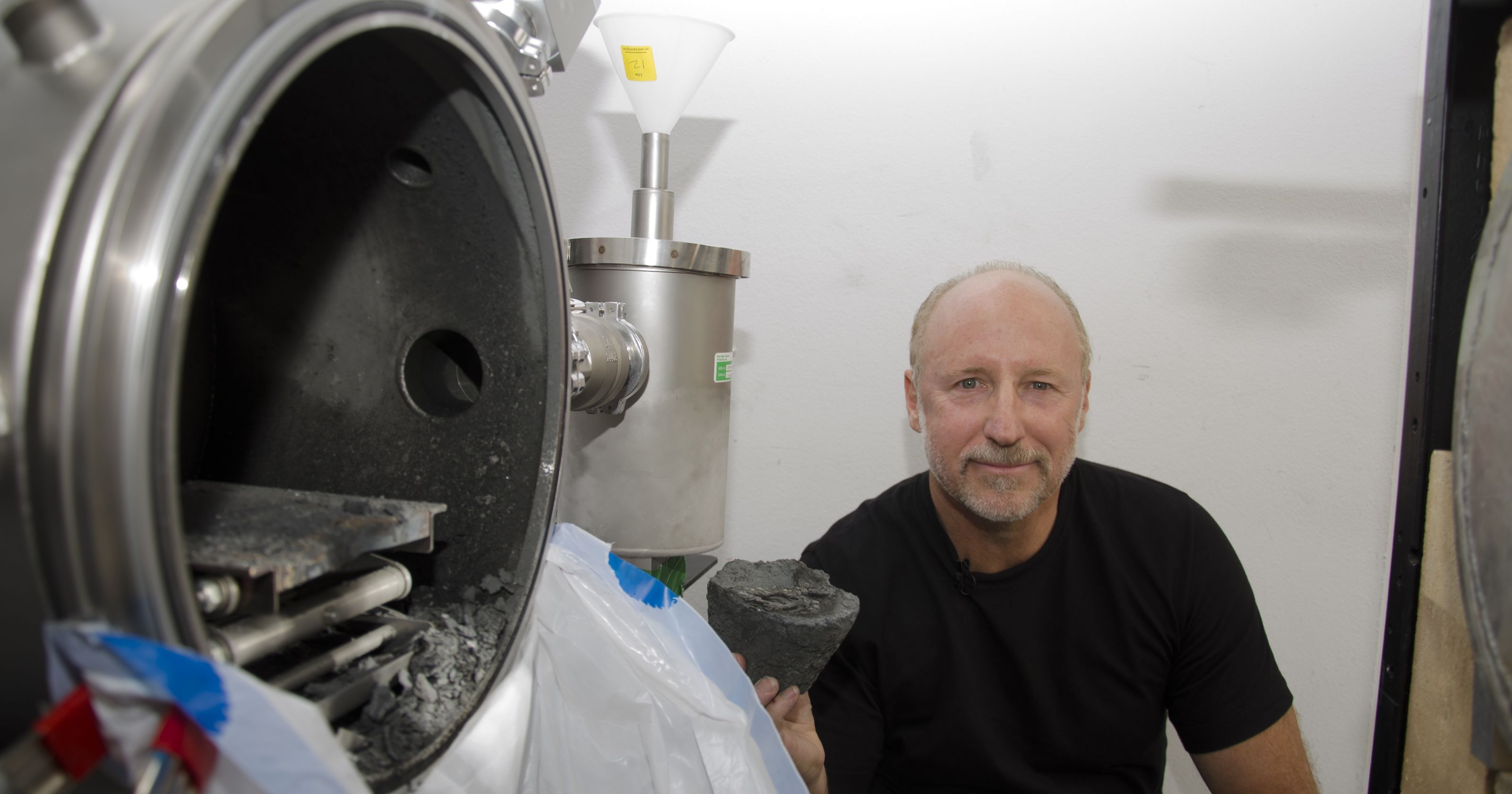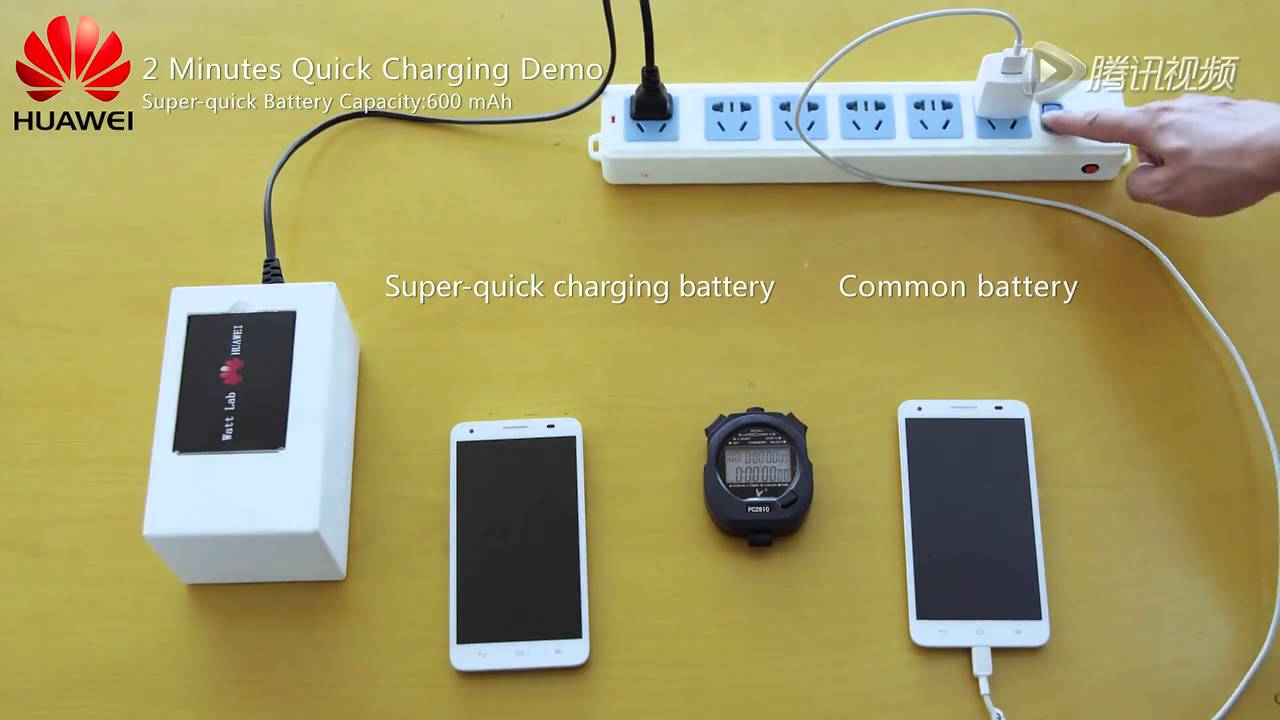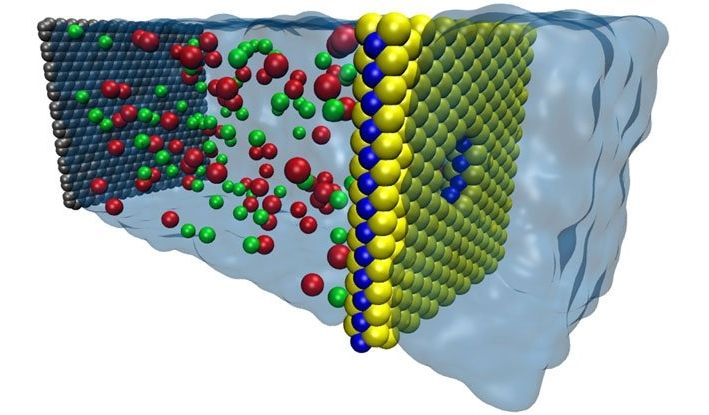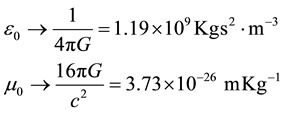Researchers in the Cockrell School of Engineering at The University of Texas at Austin have developed a first-of-its-kind self-healing gel that repairs and connects electronic circuits, creating opportunities to advance the development of flexible electronics, biosensors and batteries as energy storage devices.
Although technology is moving toward lighter, flexible, foldable and rollable electronics, the existing circuits that power them are not built to flex freely and repeatedly self-repair cracks or breaks that can happen from normal wear and tear.
Until now, self-healing materials have relied on application of external stimuli such as light or heat to activate repair. The UT Austin “supergel” material has high conductivity (the degree to which a material conducts electricity) and strong mechanical and electrical self-healing properties.

